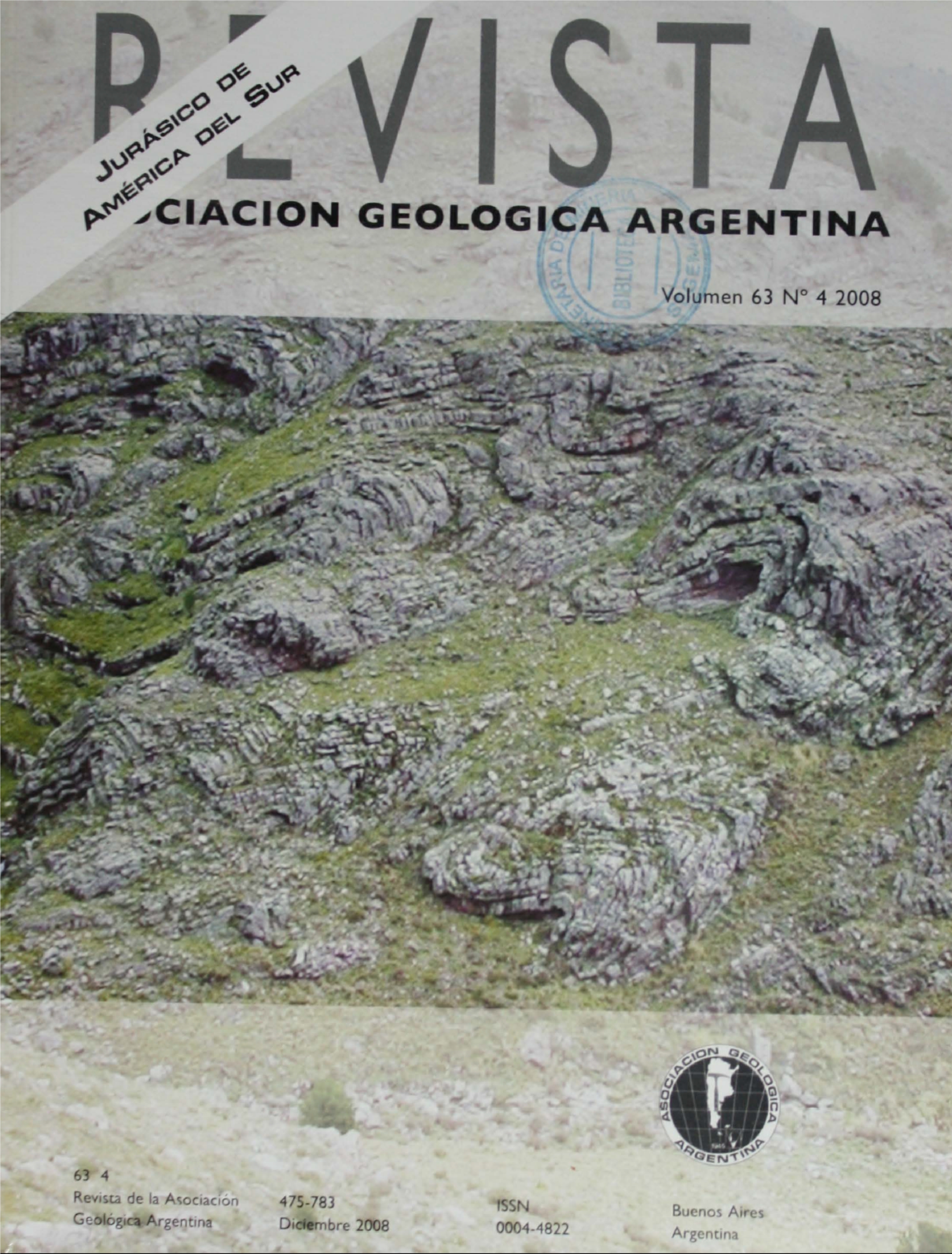The jurassic events in the Greater Caucasus basin (Northern Neotethys) and the Neuquén basin (West Gondwana): a comparison
Main Article Content
Abstract
Quite a few common tectonic, palaeoenvironmental, and palaeobiological events have been recognized in the Jurassic evolution of the Greater Caucasus basin (Northern Neotethys) and the Neuquén basin (West Gondwana). Both basins were originated by the same planetary-scale tectonic force, i.e., by the activity of the Intrapangaean Shear Zone stretching eastwards along the Eurasian margin as the Northern Tethyan Shear Zone. An oxygen depletion occurred in both studied regions in the Toarcian as a result of global anoxia, which provoked a mass extinction. In both basins, the Callovian was a time for the carbonate platform growth, although in the Greater Caucasus, a carbonate platform appeared only in the Late Callovian. A salinity crisis occurred in the Greater Caucasus during the Kimmeridgian-Tithonian, whereas the same took place twice in the Neuquén basin - in the Middle Callovian and in the late Oxfordian-Kimmeridgian. These events were related to the global epoch of evaporite deposition. Some important differences between the considered basins are also documented. Palaeontological data from the Neuquén basin suggest against the mass extinction at the Jurassic-Cretaceous transition. In contrast, data from the Greater Caucasus basin permit to recognize this global event, although its regional peak occurred in the Berriasian. The Jurassic transgressions and regressions in the Greater Caucasus and western Argentina differed, facts that may be explained by the differences in the regional geodynamics. The only common pattern was a stepwise transgression during the Sinemurian-Pliensbachian.
Article Details

This work is licensed under a Creative Commons Attribution-NonCommercial 4.0 International License.
Nota de copyright
Los autores conservan los derechos de autor y garantizan a la revista el derecho de ser la primera publicación del trabajo licenciado según una licencia de atribución Creative Commons que permite a otros compartir el trabajo con el reconocimiento de la autoría y de la publicación en la que se publicó por primera vez.
Declaración de privacidad
Los nombres y direcciones de correo electrónico introducidos en esta revista se usarán exclusivamente para los fines declarados por esta revista y no estarán disponibles para ningún otro propósito u otra persona.

